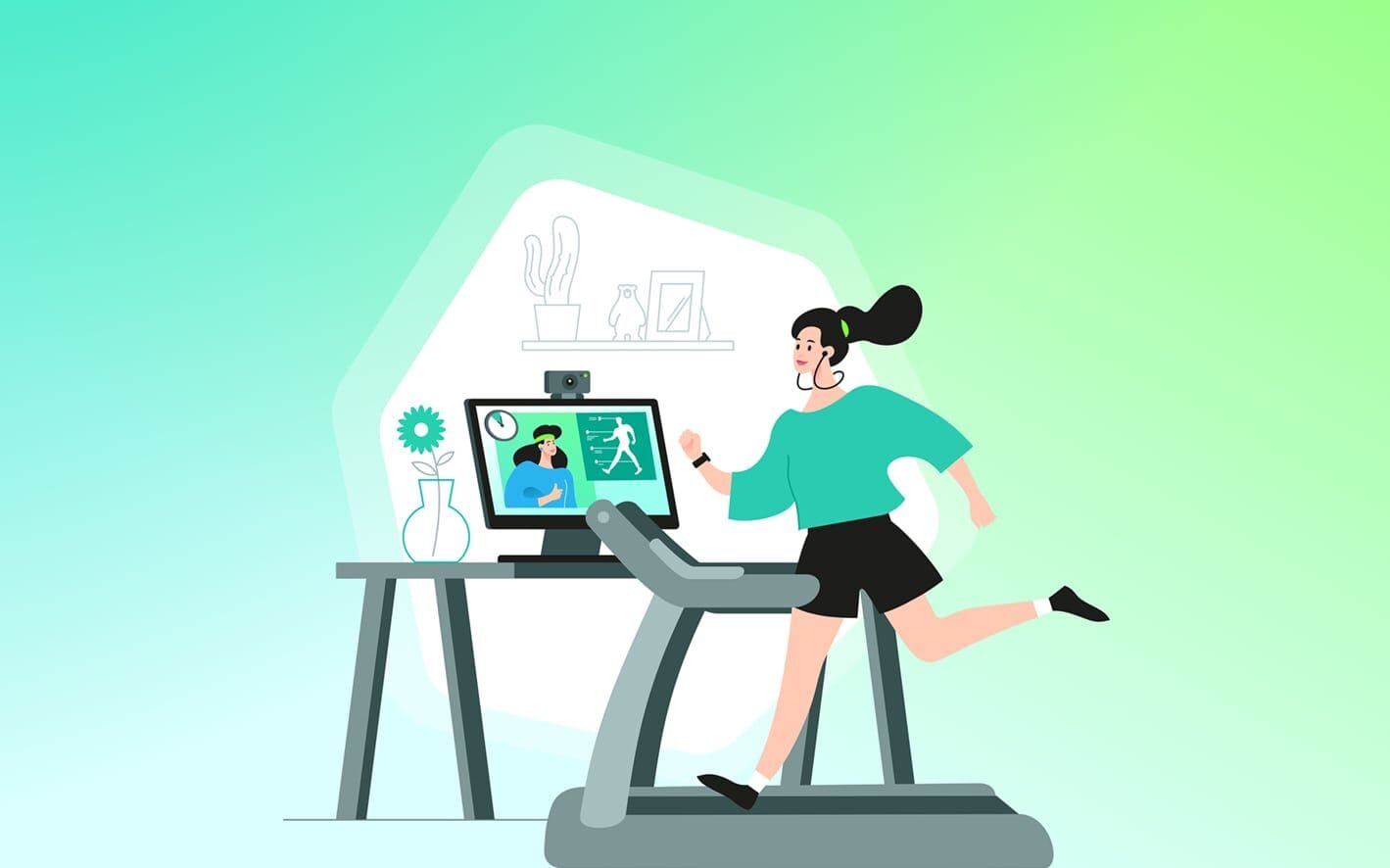Online coaching is booming. More people follow trainers on social platforms, send progress reports from their wearables and pay for plans through links and DMs. It’s fast and convenient. It also creates risk. This guide breaks down the main issues and shows simple steps to protect your info while you train online.
Why online fitness raises privacy risks
Most virtual programmes ask for personal details. That can include health info, photos and payment data. Many chats happen over social apps with no contract in place. That makes misuse and leaks more likely. Fitness apps have faced similar problems, so the risk is not theoretical. Treat your data like you treat your form: tight and controlled.
- Health data, progress photos and card details may be requested
- Messaging often happens outside formal platforms
- Lack of clear storage or usage rules is common
Online coaching mirrors fitness apps in how data flows. The trainer might ask you to complete an intake form, send before-and-after photos and pay through a third-party service. If there’s no written agreement, you have little control over how that data is stored or for how long. This is where many problems start.
Growth means more targets
Social platforms turned many coaches into micro-influencers. More reach means more clients and more data in motion. The global online fitness market is projected to grow at a 29.6% CAGR to 2033. Growth attracts attackers just as it attracts investors.
- Influencer trainers run large followings
- Client onboarding often stays inside DMs
- Attackers focus on fast-growing niches
Rapid growth pushes trainers to patch together tools for bookings, payments and content delivery. Each extra tool adds another place your data can leak from. When speed beats process, security gaps appear. That is the cost of scale in this space.
Weak points to watch
Three areas carry the most risk in online coaching. Know them, and you reduce your exposure.
- Third-party tools
- Progress photos
- Impersonation scams
Third-party tools: many trainers rely on external services for scheduling, payments and messaging. If any of these tools have weak encryption, poor compliance, or suffer a breach, your sensitive data may be compromised. Reused passwords, outdated software and broad permissions make it worse. Ask what tools are used and how data is protected.
Progress photos: these images often show your body in detail and can include faces, usernames or geotags. If a device or platform is compromised, photos can be scraped and misused for harassment or identity theft. Agree in writing how images will be stored, used and for how long. Remove identifiable elements where possible. Use secure channels for sharing.
Impersonation risks: If a trainer’s social account gets hijacked, attackers can pose as them and send payment links or request sensitive information. Because the message comes from a familiar handle, victims comply. Treat sudden offers, urgent payment requests and “exclusive deals” with suspicion. Verify off-platform before acting.
Simple checks before you sign up
A few habits go a long way. Treat them like your warm-up for data.
- Verify identity: check credentials and real client reviews; look for a verified profile badge
- Don’t click unsolicited links: go to official sites or known apps
- Check HTTPS: only use sites with HTTPS in the address
- Share less: send only what is needed, and use secure, encrypted channels
- Use security software on your devices
These checks reduce the common attack paths. Confirm who you’re dealing with, avoid sketchy links, make sure the site is secure and keep your sharing to a minimum. A reputable security suite helps block phishing, malicious sites and skimming tools that target your card details.
What to ask your trainer about data
Push for clarity before you start. If a trainer handles your data, they should explain how.
- What tools do you use for bookings, plans and payments?
- Where are my photos stored and for how long?
- Who can access my data and why?
- How do I request deletion?
Clear answers show the trainer has a process. You’re not being difficult; you’re protecting yourself. If the process sounds vague, consider it a warning sign and move on. Online fitness should help your body, not expose your data.
FAQs
Is it safe to send progress photos to an online coach?It can be, but only if you agree on storage and usage upfront. Remove identifiers, avoid geotags, and use secure sharing. Ask for deletion when the programme ends.
How do I verify an online trainer?Check credentials with recognised bodies and read reviews from real clients. Look for a verified profile badge. If in doubt, confirm via a second channel.
What security basics should I follow when making online payments?Don’t click payment links from unsolicited messages. Use HTTPS sites and a trusted security suite to block phishing and card skimmers.
Subscribe to our newsletter to get the latest updates and news








Member discussion